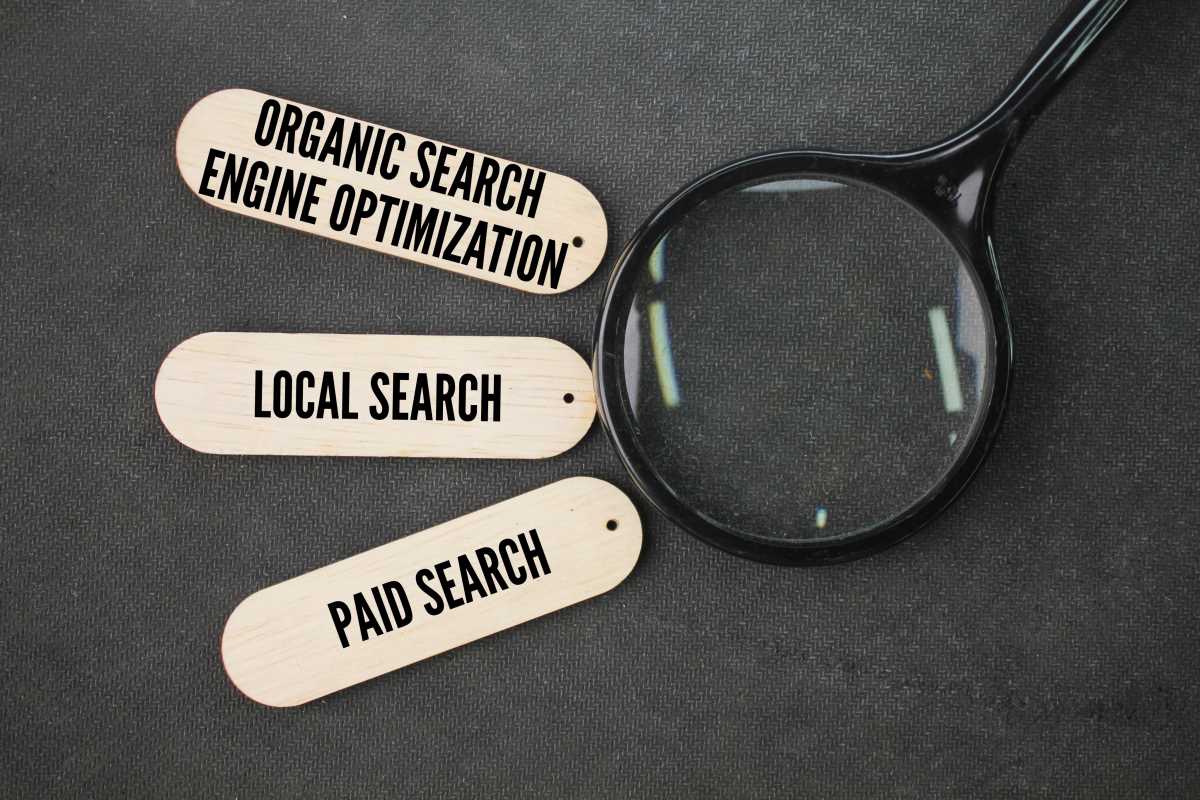You’ve done all the hard work. You researched your topic, outlined your content, and wrote a fantastic blog post. You even optimized it for search engines with the perfect keywords. Now, your page is showing up on the first page of Google. But there’s a problem—nobody is clicking on it. Your content sits there, lost in a sea of other blue links, while competitors with seemingly less valuable content get all the traffic. What’s going wrong? The culprit is often a small, overlooked piece of text: the meta description. This short snippet of text that appears under your title in search results is your one chance to make a first impression. It’s a tiny digital billboard, and its job is to convince a searcher that your page holds the answer they’re looking for. A great meta description can dramatically increase your click-through rate, driving more organic traffic to your site even if your ranking doesn't change.
What is a Meta Description?
A meta description is an HTML attribute that provides a brief summary of a webpage's content. It's the gray text that appears below the page title and URL in a search engine results page (SERP). While Google has stated that meta descriptions are not a direct ranking factor, their indirect impact on your SEO is enormous.
Think of it this way: your title's job is to grab attention. The meta description's job is to close the deal. It provides context and entices the user to click your link over the others on the page. A well-crafted meta description can significantly improve your click-through rate (CTR), which is the percentage of people who see your link and actually click on it.
A higher CTR sends a powerful positive signal to Google. It tells the search engine that users find your result highly relevant and valuable for that specific query. Over time, a strong CTR can contribute to improved rankings, creating a positive feedback loop where more clicks lead to better visibility, which in turn leads to even more clicks. In a crowded search results page, your meta description is your most powerful tool for persuasion.
Key Elements
Crafting an effective meta description is both a science and an art. It needs to be concise, compelling, and informative, all within a very limited space. Here are the essential components that make a meta description successful.
Keep It within the Length Limit
Google typically truncates meta descriptions after a certain number of pixels, which usually equates to around 155-160 characters. If your description is too long, it will get cut off with an ellipsis (...), potentially weakening your message. It’s crucial to keep your most important information and your call to action at the beginning of the description to ensure it’s visible. Aim for a length between 140 and 155 characters to be safe. This gives you enough space to be descriptive without risking a cutoff.
Include Your Target Keyword
While it's not a direct ranking factor, including your primary keyword in the meta description is still important. When a user's search query matches a word in your description, Google often bolds that word. This makes your result visually stand out on the page and immediately confirms to the user that your page is relevant to their search. This small visual cue can be enough to draw their eye and earn you the click.
Use an Active Voice and Be Action-Oriented
Your meta description should speak directly to the user. Use an active voice to create a sense of immediacy and purpose. Instead of passive phrases like "Information can be found...," use direct, action-oriented language like "Learn how to..." or "Discover the best..." This makes your message more powerful and encourages the user to take the next step. You want to sound like a helpful guide, not a dry encyclopedia.
Clearly Communicate Value
This is the most critical element. Your meta description must answer the user's unspoken question: "What's in it for me?" Why should they click your link instead of someone else's? Clearly state the value proposition of your content. Will they learn a new skill? Will they find a solution to their problem? Will they get a list of top resources?
- Bad: This article discusses social media marketing.
- Good: Learn 10 actionable social media marketing tips to boost your engagement and grow your audience today.
The second example is far more compelling because it promises a specific, valuable outcome.
End with a Call to Action (CTA)
Don't just describe what's on the page; invite the user to engage with it. A gentle call to action can be surprisingly effective. Simple phrases like "Learn more," "Read our guide," "Discover the secrets," or "Shop now" tell the user exactly what you want them to do next. This removes any ambiguity and provides a clear path forward, making the decision to click an easy one.
Tips for Effective Descriptions
Now that you know the key components, let's look at some practical tips and examples for putting them into practice.
Write a Unique Description for Every Page
Every page on your website has a unique purpose, and its meta description should reflect that. Avoid using a single, generic description across multiple pages. Duplicate meta descriptions are a missed opportunity to communicate the specific value of each piece of content. Taking the time to write a unique summary for your important pages, especially your homepage, service pages, and top blog posts, is a high-leverage activity that pays dividends in organic traffic.
Match the Searcher's Intent
Think about what the user is really looking for when they type a query. Are they looking for information, a product to buy, or a comparison of different options? Your meta description should align with that intent.
- Informational Intent (e.g., "how to bake sourdough bread"): Your description should promise a guide or a set of clear steps.
- Example: "Ready to bake your first loaf? Our beginner's guide to sourdough bread covers everything from creating a starter to getting the perfect crust. Start baking today!"
- Commercial Intent (e.g., "buy running shoes"): Your description should highlight features, benefits, or offers.
- Example: "Shop our latest collection of running shoes for men and women. Find the perfect fit for road or trail running. Enjoy free shipping on all orders over $50!"
Be Honest and Accurate
Your meta description is a promise to the user. Make sure your content delivers on that promise. Clickbait—writing a sensationalized description that doesn't match the content on the page—is a terrible strategy. While it might earn you a short-term click, users will quickly bounce when they realize they've been misled. This high bounce rate is a negative signal to Google and will ultimately harm your rankings and your brand's reputation.
Testing and Optimizing
Writing a great meta description is not a one-time task. To truly maximize your click-through rate, you need to test different approaches and see what resonates most with your audience.
Use Google Search Console to Find Opportunities
Google Search Console is an invaluable free tool for this process. Look at the "Performance" report and filter for pages that have a high number of impressions but a low CTR. These are your prime candidates for optimization. These pages are already visible to users, but their titles and descriptions aren't compelling enough to earn the click.
A/B Test Different Versions
Once you've identified a page to optimize, try rewriting its meta description. Formulate a hypothesis. For example, you might hypothesize that adding a specific number ("7 tips") will perform better than a more general description. Change the meta description on your page and let it run for a few weeks. Then, go back to Google Search Console and compare the CTR for that period to the previous period. Did it improve? This iterative process of testing and measuring is the key to continuous improvement.
Experiment with Different Angles
Don't be afraid to try different approaches in your testing. You could experiment with:
- Asking a question: "Struggling to get a good night's sleep? Discover five simple habits that can help you fall asleep faster and wake up refreshed."
- Using emotional triggers: "Tired of wasting money on groceries that spoil? Our guide to smart food storage will help you save money and reduce waste."
- Highlighting a specific benefit: "Find out how our project management tool helps teams save an average of 10 hours per week. Start your free trial today."
By treating your meta descriptions as a dynamic part of your marketing strategy, you can turn overlooked text into a powerful engine for organic traffic growth.
 (Image via
(Image via





